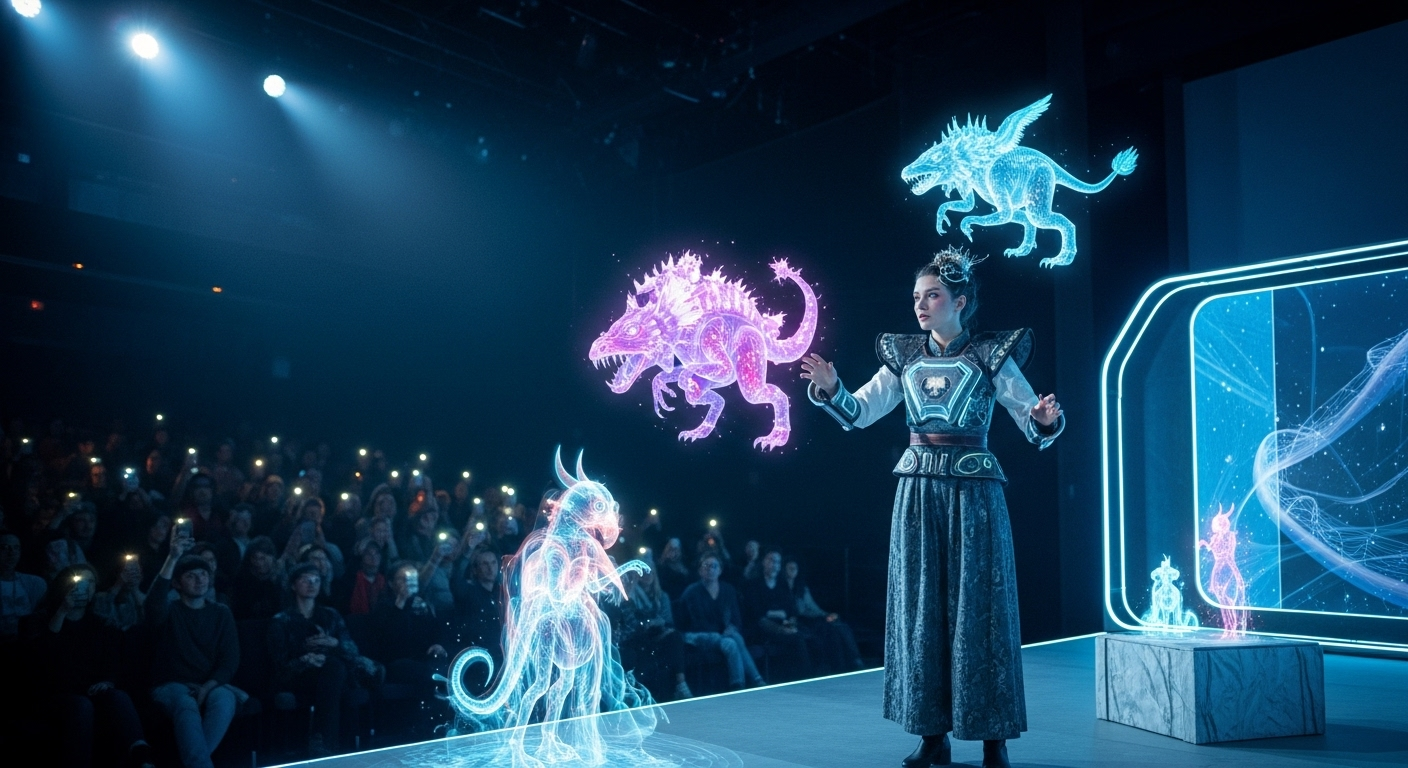Digital tools to expand access to performances worldwide
Digital technologies are expanding how people experience performances by combining accessibility features with inclusive design. From live captioning and audiodescription to smarter ticketing, seating, and wayfinding, organizers can use tools to serve diverse audiences locally and internationally.

Digital platforms and assistive technologies are changing how audiences connect with performances, making live and recorded events more accessible across languages, abilities, and locations. Thoughtful application of captioning, audiodescription, and inclusive ticketing reduces barriers for people with hearing, vision, mobility, or sensory needs while improving discovery, comfort, and safety for all patrons. These changes can benefit on-site visitors, remote viewers, and archival researchers by creating multiple pathways to engage with art and entertainment.
How do captioning, subtitles, and transcription help?
Captioning, subtitles, and transcription transform spoken and nonverbal audio cues into readable text, supporting people who are deaf or hard of hearing and those who speak different languages. Real-time captioning systems—whether automated, human-assisted, or hybrid—allow live events to display synchronized text on screens or attendee devices. Post-show transcription provides searchable archives, improves metadata for discoverability, and supports content repurposing. Subtitles in multiple languages expand international reach, while accurate labeling of music, sound effects, and speaker changes improves context and inclusion.
What is audiodescription and what are sensory accommodations?
Audiodescription delivers narrated details about visual elements such as scene changes, gestures, costumes, and important visual cues, enabling people with visual impairments to follow performances. Digital delivery via apps or audio streams can sync descriptions to live or recorded events and allow users to select preferred narration speeds or voices. Sensory accommodations include offering low-sensory performances, content advisories, quiet rooms, and adjustable audio mixes. Combining audiodescription with tactile materials, large-print programs, or enhanced program notes creates layered access for diverse sensory needs.
How can ticketing and seating improve inclusion?
Accessible ticketing platforms let patrons indicate required accommodations—wheelchair spaces, companion seats, captioned performance options, or audio-description availability—directly at purchase. Interactive seat maps that show accessible seating, transfer zones, sightlines, and proximity to amenities reduce booking uncertainty. Integrations with user profiles save preferences for repeat customers and streamline future purchases. Mobile ticketing can include metadata flags for accessibility needs, allowing staff to prepare assistive devices or priority entry, resulting in a smoother arrival and seating experience.
How do wayfinding and signage support access?
Digital wayfinding tools and improved signage help visitors navigate venues reliably. Indoor maps, step-free route planners, and beacon-based or GPS-assisted guidance in apps support patrons with mobility or cognitive differences. Signage that uses high-contrast colors, large fonts, pictograms, and QR codes linking to audio instructions makes spaces easier to use. Real-time alerts for elevator outages, closed ramps, or congested routes reduce stress and enhance safety. Consistent placement of tactile markers and clear visual hierarchy on signs also supports independent navigation.
How does staff training reinforce accessibility and inclusion?
Staff training combines technical know-how with interpersonal skills to ensure accessibility measures are effective. Training programs teach staff how to operate captioning systems, distribute audio-description devices, manage accessible seating, and troubleshoot ticketing issues. Scenario-based exercises using venue apps and assistive devices build confidence for busy events. Education on inclusive language, privacy considerations, and how to offer assistance respectfully helps staff respond appropriately to diverse guest needs, making environments genuinely welcoming rather than merely compliant.
Which digital platforms broaden global access to performances?
Streaming services, accessible media players, and integrated venue apps each play a role in widening access. Live streaming with multilingual subtitles and optional audiodescription lets remote audiences attend in real time, while on-demand archives with searchable transcripts increase long-term accessibility and research potential. Platform features such as adjustable playback speed, audio descriptions toggles, and downloadable transcripts support different learning styles and abilities. Ticketing and CRM systems that preserve accommodation preferences and link with venue wayfinding tools create a unified experience for both local and global attendees.
Conclusion
Combining captioning, audiodescription, flexible ticketing and seating information, digital wayfinding, and thorough staff training builds a layered accessibility strategy for performances worldwide. Technology alone is not enough; careful implementation, audience feedback, and iterative improvements ensure tools meet real needs. Over time, consistent practices that center inclusion and accessible design can make cultural events more reachable and meaningful for a broader range of communities.





